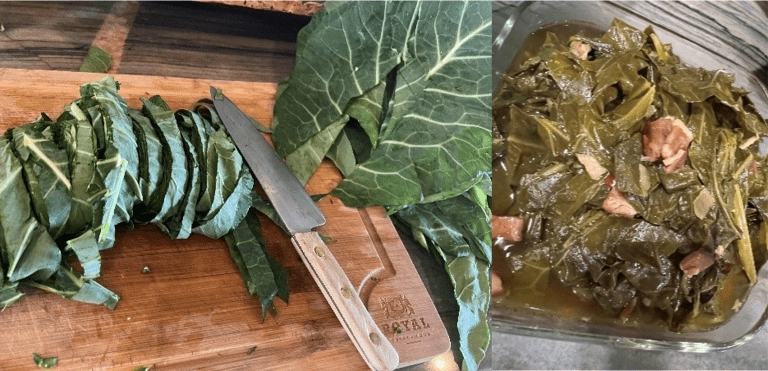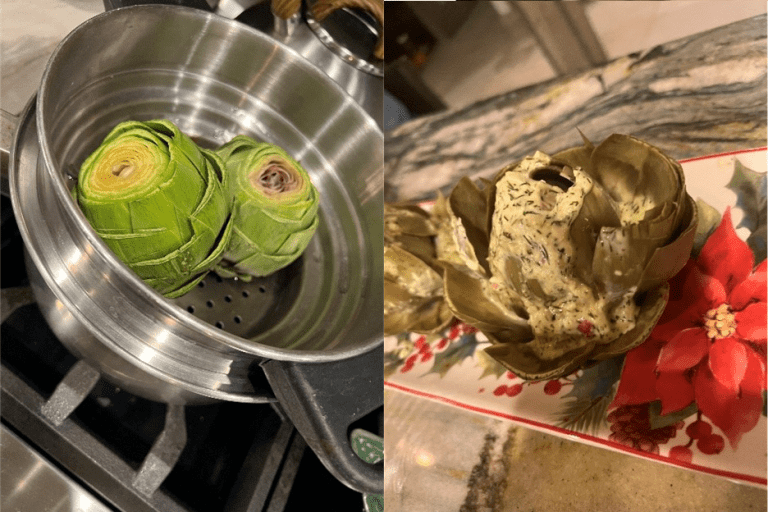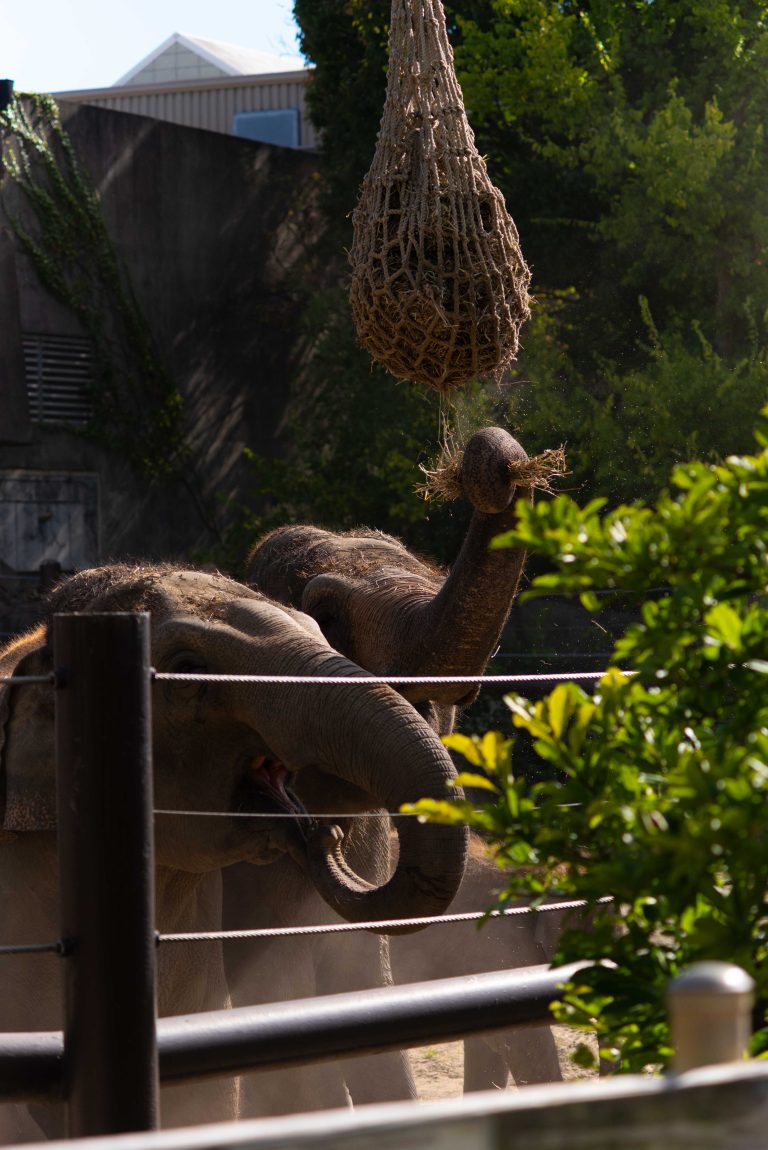- The Bank of Finland ordered the statue
- The statue was unveiled 1894
- Arhi Kuittinen says four of the statue lamp posts are really obelisks
- There is a hammer, a square and a compass at the Eros’s feet
- There is no link to Greek mythology in one of the parts, just ordinary hard-working people. Why?

The short story, history:
Finland was joined to Russia in 1809, it became an autonomous Grand Duchy. The Grand Duke was the Russian Emperor, whose representative in Finland was the Governor General.
After Tsar Alexander II was assassinated in 1881. Finnish people wanted to place a statue of him, and collected money to get it. The statue was unveiled in 1894. It’s also mentioned that he was such a good Tsar.
Reality: The Bank of Finland ordered the statue and arranged a competition for artists! This is not mentioned anywhere public but there are documents.
Is there hidden symbolism in the statue?
I had heard there are symbols in that statue, and I did find a man who has researched this, Arhi Kuittinen, in his blog Elites’ esoteric symbols (Eliitin esoteeriset symbolit) he compares history and legends with some numerology, astrology, kabbala, tarot symbolism. Arhi Kuittinen says four of the statue lamp posts are really obelisks and the fifth obelisk is the pedestal:



World – Sophia – wisdom – knowledge – and in the background: The University of Helsinki, main building:


Law is usually symbolized with scales and the sword of justice. Justice has been replaced with law here. The tarot: mind control, discipline and control.
Helsingin tuomiokirkko in the background, the center of religious power:


This one makes you wonder where the peace is here? A couple of pigeons on her feet? She doesn’t look happy.
She also has feminine symbols: a sickle and bunches of ripe grain, fruit = she is Demeter in Greek mythology. The Empress = Abundance, wealth, money and possession.
There are houses of 19th century’s wealthy tradesmen in the background, Torikorttelit:


The man has a knife and an axe, symbols of masculinity, the woman has a sickle and grain = femininity.
They are both in chains (working), attached and there is the Ruler (Alexander II) above them.
There is no link to Greek mythology, like those three previous ones, just ordinary hard-working people. Why?
The tarot gives us the answer, it is the Devil, the Monarch above them. He has absolute power and governing. That couldn’t have been more hidden!
You can see the Prime Minister’s office, Government Palace, the center of political power in the background:

There are beliefs of all kinds, in at least one of them is the conception of four becoming five, which will be something bigger.
There is no well-meaning message in this statue of Alexander II for ordinary, working people.
By controlling the political system, economic system, education and media you get total control over people.

Read the official history of the statue: HAM Helsinki museum
“The statue talks to you: http://www.vihreatsylit.fi/en/?p=6767”




































